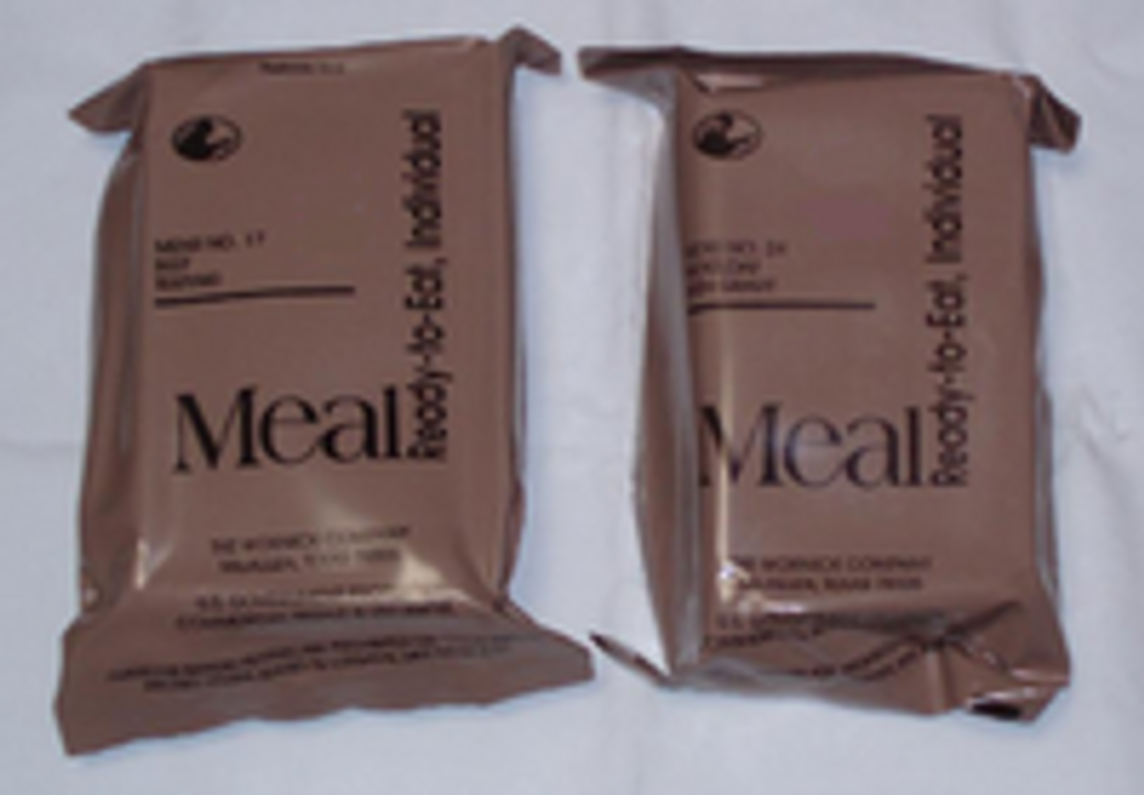Creating an Emergency Food Supply: What You Should Know
If you are serious about protecting your family and want to keep them safe in the event of a natural disaster, you should stock up on emergency food supplies. Some people have the misconception that keeping their pantry full with everyday grocery items is just as effective as, but in reality it's not. The problem is that most traditional grocery items are perishable and begin to spoil after a few months, leaving you without any edible food.
The main benefit associated with emergency food supplies is their prolonged shelf life. As long as you keep the packets sealed and unopened, they will last for years without going bad. Emergency food supplies are typically dehydrated to remove any and all moisture before sealing them. Moisture is the number one cause of food spoilage, so common sense should tell you that dehydrated foods will naturally last for a longer period of time.
Preservation of emergency food is done using one of two different methods:
- Dehydration (the most common)
- Freeze-drying
Both methods will effectively prolong the shelf-life of fruits, vegetable and meats, but there are some notable differences that shouldn't go unnoticed. For starters, freeze-dried foods contain a higher concentration of nutrients, which can prove invaluable in emergency situations. Freeze-drying involves placing the food in a vacuum chamber where the temperature is lowered to below freezing (hence the name) and then quickly brought to a boil. This unique process reduces nutritional loss, leaving the food with a higher level of vitamins and other beneficial nutrients.
When you are purchasing emergency food supplies, be sure to include both meats and vegetables. Some of the supplies may only include dehydrated vegetables, while others will contain only meats. To achieve a well-balanced diet that meets your body's nutritional needs, you need to consume both.
Emergency food supplies come packaged in stackable buckets for easy storage. Clear out an area in your basement, attic or spare bedroom inside your home and store the bucks vertically to utilize the space in the best manner possible.
Of course, you can always choose to make your own emergency food supply. Assuming you have access to either a dehydrator or freeze-drying machine, the process is relatively simple and straightforward. You can dehydrate/freeze-dry the food, package it in air-tight containers, and place it in a secure location.
Do you have an emergency food supply prepared? We'd love to hear your story in the comments section below!
Recent Posts
-
Fire Safety in the Workplace: What You Need to Know
What steps are you taking to prevent fires in your workplace? According to the U.S. Occupational Saf …Aug 23rd 2023 -
Is It Safe to Go Jogging With a Cold Infection?
If you're suffering from a cold infection, you might be wondering whether it's safe to go jogging. T …Aug 22nd 2023 -
5 Safety Tips to Follow When Using a Powder-Actuated Tool
Powder-actuated tools are commonly used to join materials to steel and concrete. Also known as Hilti …Aug 20th 2023




